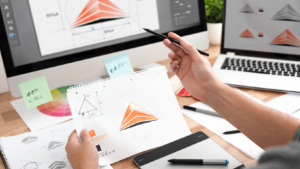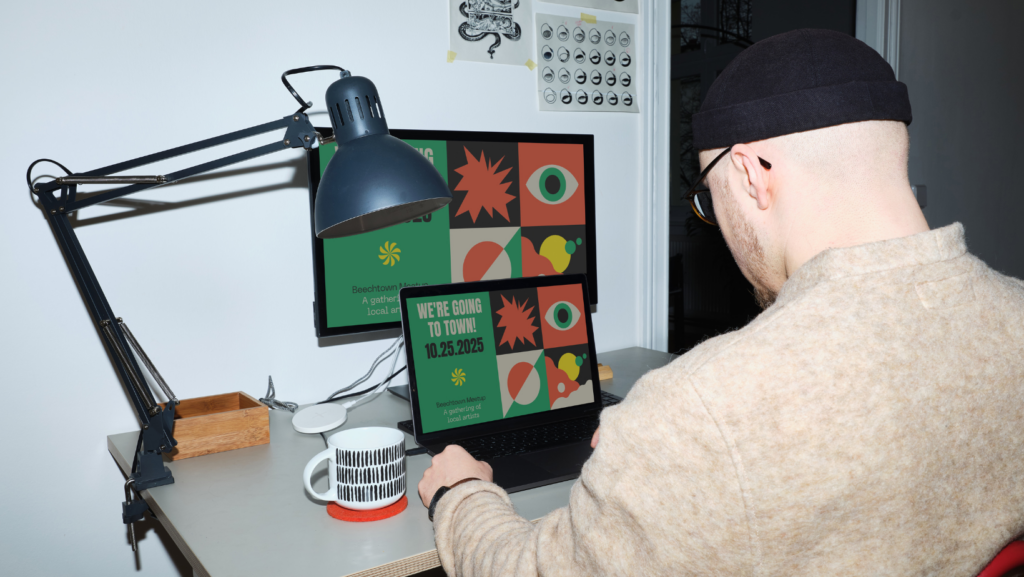In today’s rapidly advancing technological landscape, the concept of smart design has gained significant traction across various industries. Smart design refers to the integration of technology with aesthetics to create products and environments that enhance user experience while maintaining visual appeal. As society increasingly values functionality alongside beauty, the emergence of smart design has transformed everything from home interiors to consumer electronics. This article explores the principles of smart design, its applications across different sectors, and its impact on everyday life.
Design:ehwgchxttgq= Smart
 Smart design encompasses a variety of principles that prioritize functionality, usability, and aesthetics. At its core, smart design aims to create products and spaces that are not only visually pleasing but also enhance the user experience through thoughtful and innovative features.
Smart design encompasses a variety of principles that prioritize functionality, usability, and aesthetics. At its core, smart design aims to create products and spaces that are not only visually pleasing but also enhance the user experience through thoughtful and innovative features.
One key principle of smart design is user-centered design. This approach places the needs, preferences, and behaviors of the user at the forefront of the design process. Designers conduct research to understand their target audience and create solutions that cater to their specific requirements. For instance, in designing a smartphone, a user-centered approach might involve creating a layout that simplifies navigation and enhances accessibility for users with different abilities.
Another critical principle is sustainability. As environmental concerns grow, smart design increasingly incorporates eco-friendly materials and processes. Designers strive to create products that minimize waste and energy consumption while promoting longevity and durability. For example, furniture designers may opt for sustainable materials such as reclaimed wood or bamboo, allowing them to produce aesthetically pleasing pieces that are also environmentally responsible.
Moreover, simplicity is a fundamental aspect of smart design. A clean, uncluttered aesthetic often leads to a more enjoyable user experience. Designers work to eliminate unnecessary elements, focusing on what truly matters to the user. This minimalist approach is evident in many tech products, where streamlined interfaces and intuitive controls are prioritized to enhance usability.
Applications of Smart Design Across Various Sectors
 Smart design has found applications in numerous sectors, revolutionizing the way people interact with products and spaces. One prominent area is smart home technology. With the advent of the Internet of Things (IoT), homes are becoming increasingly interconnected, allowing users to control various systems from their smartphones or voice-activated devices. Smart thermostats, lighting, and security systems exemplify how design integrates technology to improve convenience, energy efficiency, and security in the home.
Smart design has found applications in numerous sectors, revolutionizing the way people interact with products and spaces. One prominent area is smart home technology. With the advent of the Internet of Things (IoT), homes are becoming increasingly interconnected, allowing users to control various systems from their smartphones or voice-activated devices. Smart thermostats, lighting, and security systems exemplify how design integrates technology to improve convenience, energy efficiency, and security in the home.
In the realm of architecture and interior design, smart design principles are shaping the environments where people live and work. Architects are incorporating smart technologies into buildings, enabling automated lighting, climate control, and security systems. This integration not only enhances comfort and efficiency but also promotes sustainability by optimizing energy use. Interior designers are also adopting smart design principles by creating flexible spaces that adapt to the changing needs of their occupants, such as movable walls or modular furniture.
Consumer electronics have also embraced smart design, leading to the creation of products that are not only functional but also visually appealing. Tech giants like Apple and Samsung have pioneered the integration of sleek aesthetics with cutting-edge technology.
Design:ehwgchxttgq= Smart
 The impact of smart design extends far beyond aesthetics and functionality; it profoundly influences how people interact with their surroundings. By prioritizing user experience, smart design fosters greater satisfaction and engagement. When products are designed with the user in mind, they become more intuitive and easier to use, leading to a more enjoyable experience.
The impact of smart design extends far beyond aesthetics and functionality; it profoundly influences how people interact with their surroundings. By prioritizing user experience, smart design fosters greater satisfaction and engagement. When products are designed with the user in mind, they become more intuitive and easier to use, leading to a more enjoyable experience.
Additionally, smart design encourages innovation and creativity. As designers and engineers collaborate to create solutions that address real-world problems, new ideas and technologies emerge. This collaborative approach often results in products that challenge traditional norms, pushing the boundaries of what is possible in design and functionality.
Moreover, smart design contributes to improved quality of life. By integrating technology into everyday products and spaces, individuals can experience greater convenience and efficiency. Whether it’s a smart refrigerator that tracks grocery inventory or a wearable device that monitors health metrics, these innovations empower users to take control of their lives and make informed decisions.

